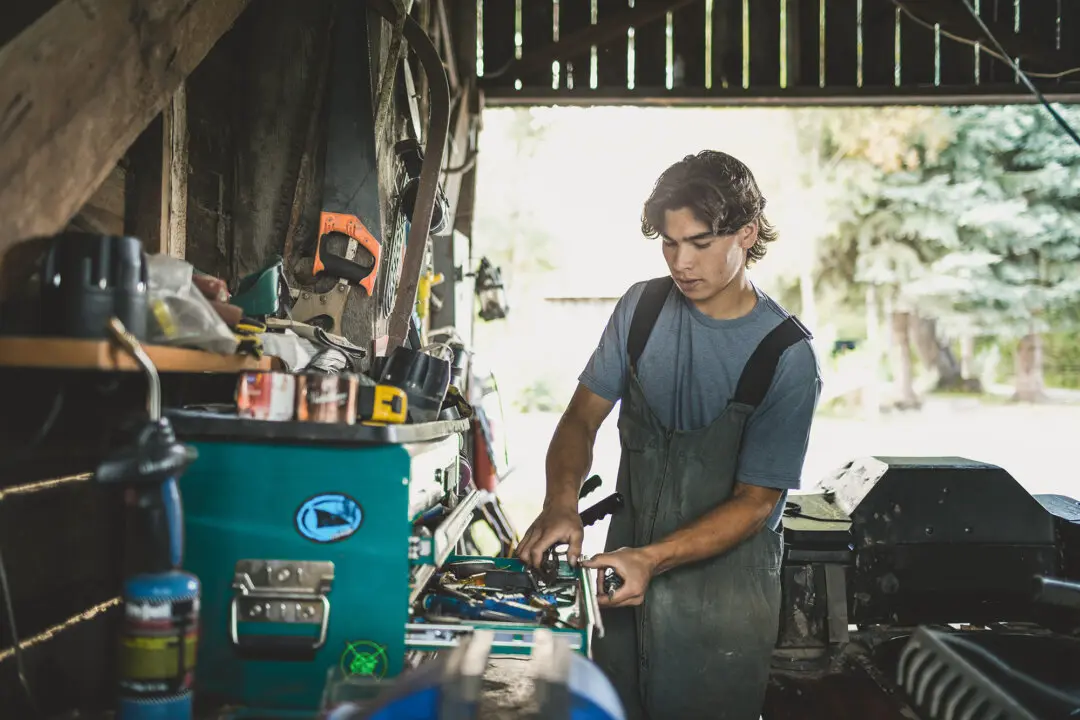The cost of nursery plants can quickly add up. This makes cutting roots, saving seeds, and dividing clumping plants an easy and effective way to save money and have a great harvest.
Understanding Cuttings
There are three main types of cuttings. Softwood is the most common method in the vegetable garden, taking non-woody cuttings from new growth. A high percentage of these cuttings root, often quickly. Some examples are mint, basil, tomatoes, and vining plants such as beans and cucumbers.Semi-hardwood cuttings—the soft, new growth from semi-hardwood plants such as rosemary, lavender, sage, and thyme—are taken later in the season (July to fall) after the first flush of new growth when the branch is a semi-woody mix of new and old growth.





